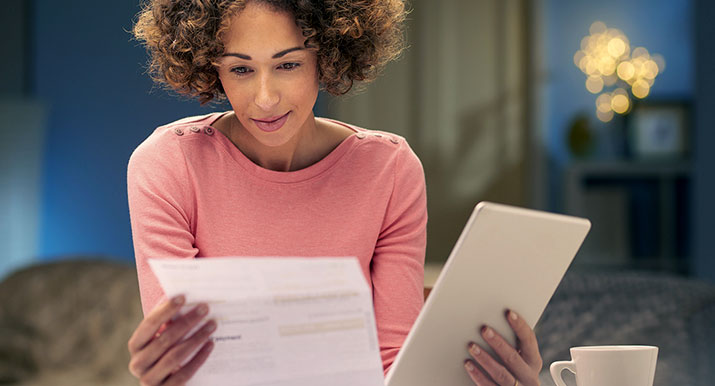
One of the questions we receive most often is whether it’s better to buy solar panels or lease them instead.
However, there is no clear-cut answer.
Every homeowner has slightly different financial goals. Buying and leasing both allow you to save money on your monthly utility bills. But which option you choose affects how much money you’ll save over the entire lifetime of your clean power investment.
We’ll begin by exploring why so many homeowners choose to lease their solar panels.
The appeal of leasing is that you receive a new solar installation for $0 upfront. Getting started costs you absolutely nothing.
Instead, a third-party lessor finances the entire project on your behalf – parts and labor included. This lessor also handles all maintenance and monitoring for you – again – 100% free of charge.
In exchange, you agree to pay for the clean solar electricity that your “leased” panels generate. These monthly payments are less than what your utility company charges for its grid electricity. So you begin saving money on your energy bills – starting on Day 1.
Moreover, you also receive all the environmental benefits that come with solar power. So even though you’re technically renting your installation, you end up with a much smaller carbon footprint.
Most solar leasing agreements last between 10 and 20 years. And once the contract is up, you’ll have the option to buy your system outright or have the panels removed (free of charge).
But believe it or not, receiving a brand-new solar installation for free isn’t always the best option for all customers.
It sometimes makes sense to buy your panels – even if that means going into debt first.
Let’s take a look.
Many homeowners prefer to purchase their solar panels outright. And if you have the cash, this process is very straightforward. Once your system goes up, your monthly utility bill savings start to accumulate. And within about 5 to 7 years, those savings will eventually surpass the upfront cost of your solar investment.
After you’ve reached this breakeven point, all additional solar electricity is 100% free – for the remaining lifetime of your installation. And because a well-installed system can easily last 30 to 40 years with minimal maintenance, this represents an excellent return on investment (ROI).
But what if you don’t have the money to buy your solar panels using cash?
Not a problem.
With a low-interest solar loan, you borrow money to cover the upfront cost of your installation. And then you can use your monthly savings to pay down the loan balance.
Note that while you’ve taken on debt to finance your purchase, you’re not actually paying anything out-of-pocket. That’s because solar loans are deliberately structured so that your monthly utility bill savings exceed your monthly bank payments. So you end up having a little extra money left over after every billing cycle.
Once the solar loan balance is fully paid off, the system is 100% yours to keep. In a state like California, reaching the breakeven point typically takes between 5 to 7 years.
After that, all additional solar electricity is free.
No matter which solar financing approach you use, 2 things are guaranteed:
So you can’t really lose either way.
However, leasing means you can go solar with $0 upfront. And this approach is a very attractive option for many – especially those on a tight budget. Leasing also appeals to homeowners who are wary about taking on debt.
But when you lease, you never truly “break even.” You’re simply buying electricity from a cheaper source.
By contrast, purchasing your solar panels means that you actually own the system. And as such, your solar installation becomes an investment that pays for itself.
True solar ownership also means that:
If you still have questions about which solar financing approach is best for you – we’re here to help.
At Bright Planet Consulting, we partner with a number of reputable lenders and financiers to ensure our customers have access to both solar loans and leases.
And when you request a free property inspection, we’ll analyze your home and walk you through the numbers. This means that you can see (in advance) how much money you’ll actually save using either option.
And thereafter, you can decide which solar financing approach offers the greatest returns.
To compare solar financing options and see how much you can save, use our solar calculator below.
Calculate Your Solar Savings!Schedule Consultation